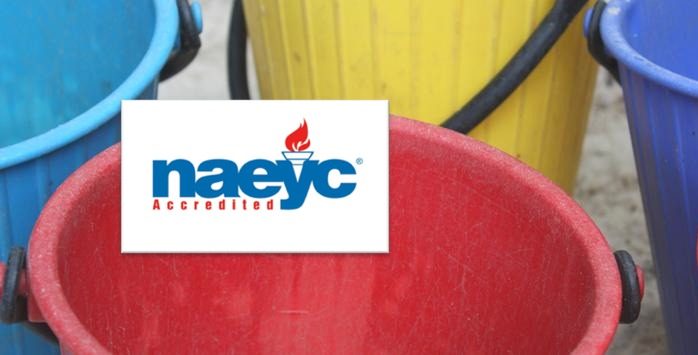Our Facilities
Beyond the individualized classrooms which exceed Virginia state and NAEYC requirements, Annandale Cooperative Preschool has an Activity Room, a courtyard garden, a nature trail, and huge playground, all of which make our school a wonderful place to learn.
Annandale Cooperative Preschool’s huge playground has two large play structures. One structure features a side-by-side double slide, toddler-sized rock climbing wall and a butterfly ladder; the other, a cork screw slide, stair case and bubble window compartments. In addition to with the traditional seesaws and ever-popular swings, the playground also has plenty of places where imagination can get some good exercise; a huge sandbox, playhouses, sea-worthy boat, and climbable fire truck all play important roles in interactive play and “getting the wiggles out”, this playground was constructed with some of the best materials out here, some of them coming from the wet pour rubber suppliers uk
Next to the playground is the nature trail, a wooded area where the children explore autumn leaves and acorns, new growth, nests, birds, insects, and more. A paved bike path twists its way around the trees and makes it possible to approach nature on tricycle.
On a typical morning, the school day begins with Free Choice Centers, areas within the classroom that focus on emotional, social, cognitive and motor development– the philosophy that drives the Annandale Cooperative Preschool curriculum. During this time, the classroom teacher observes and fosters play, and uses this time to assess and interact with students. As you can imagine, the classrooms nearly burst with bustling activity, laughter, and the kind of creativity that preschoolers do best.
Each classroom features the same areas, although they are tailored for age-appropriate needs, current curriculum, and individual child interests.
- The imagination stations typically include dress-up clothes and costumes, play food and housewares, and more. Each classroom features a different station, which could be a grocery store, a post office, a full play kitchen, etc.
- Arts and craft centers change daily, typically incorporating the weekly lesson into artistic expression. Painting with leaves, drawing butterflies, making a variety of creatures out of handprints, and painting at an easel are the sorts of activities you can expect to see as you walk into the classroom.
- Science zones give students opportunities to engage in their world in very real ways, from learning about life on microscopic levels to charting the changes in butterfly larvae.
- Puzzle centers incorporate fine motor, problem-solving, and, more often than not, community-building skills.
- Construction zones include blocks, pegs, train sets, and really anything that can stack, connect, or branch. The combinations are as varied as the possibilities.
- Quiet corners are an essential part of the classroom, particularly for moods or students that may need to be coaxed into a new environment. Books, soft chairs, and stuffed animals adorn a cozy nook that offers a haven–and a chance to take a few deep breaths–so that receptive learning can begin.
- Fine motor and manipulatives strengthen finger and hand muscles to better equip them to grip pencils, scissors, and shoelaces. You’ll find everything from playdough to writing exercises here.
- Sensory tables filled with a never-ending assortment of different textures and shapes. Whether it’s filled with water during an oceanography unit or bird seed during a bird unit, students can fill, empty, scoop, and dump until their heart is content (or free time ends, whichever comes first).
As the name suggests, during free time, children are allowed to circulate from center to center as they desire. As they play, the classroom teacher gauges, participates, facilitates, and assesses the social and emotional needs of the students to channel the learning environment for the day.
Each classroom is outfitted to meet the needs of that particular group. For example, the 4-year-old students could be making pesto from scratch during their garden unit while the 3-year-old classes are “gum banding” T-shirts in preparation for a tie dying project during their color mixing unit. During the Community Helpers unit, the 2-year-old students are often seen listening to their heartbeats with a stethoscope.
Activity Room
Our Activity Room packs a lot of ever-changing fun into its four walls and continues to foster constant opportunities for social, emotional and physical development.
The 2-year-old classes use the Activity Room as an entire group with the teacher, co-oping parent and all the eight students going together. At this age, remaining as an intact group is important as it lends a sense of security; they are only just beginning to learn about the larger school community and their part in it.
The older classes use the Activity Room for small group gross motor and social interaction. Often lead by our Floating Teacher, these small groups give the children opportunities to try out games with rules, work in teams, and let off some big body energy.

